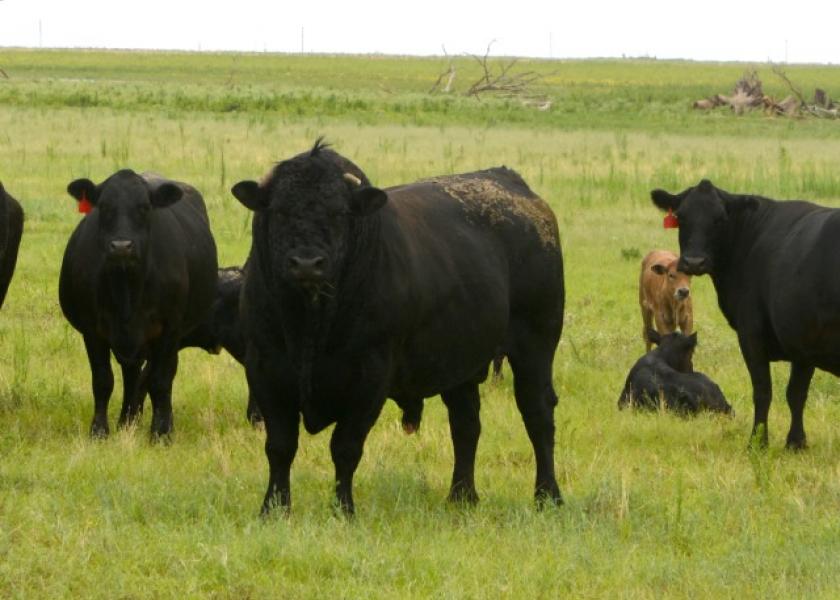Bull Management 101 for Breeding Season Success

By: Heather Schlesser, University of Wisconsin Extension
In today’s beef industry the margins for productivity and profitability are thin. Herd reproduction and fertility are important for profitability to occur. A successful breeding season hinges on nutrition, vaccination, sire selection, breeding soundness exams, and management protocols to control the length of the breeding season. Each of these contributes to a positive outcome within the herd. Ultimately cows receiving proper nutrition and herd health management are going to return to estrus sooner, breed earlier, calve earlier, and repeat this cycle year after year.
The first step in preparing the herd for the breeding season is to assess nutritional status of the animals. Looking at the body condition of the animals is vital to understanding their nutritional status. A cow should calve at a body condition score (BCS) of 5 or 6 and be bred at a BCS of 5 or 6. If a cow calves at a BCS less than 5 it will take her longer to return to estrus and take longer to get her rebred. To keep cows in adequate body condition leading up to the breeding season it is important to realize maintenance requirements for energy and protein increase 25-30% for most lactating cows. Producers need to plan for this additional energy demand if they are going to keep their cows in adequate body condition for breeding.
At the start of the breeding season bulls should have a BCS of 6. If changes need to be made to the diet to achieve this BCS they should occur gradually. Ration changes prior to the breeding season can have effects on reproductive performance because mature sperm is produced over a 60-day period before ejaculation. During the breeding season producers should assess the BCS of the bull. It is not unusual for a bull to lose 100 to 200 lbs during the breeding season. If the bull becomes too thin the producer should consider replacing him because his ability to breed cows will be reduced. After the breeding season adequate nutrition is needed to help the bull regain the weight lost.
The next step in preparing the cow herd is to implement a pre-breeding season vaccination program. Cows and bulls should receive vaccinations against reproductive diseases such as leptospirosis, BVD, vibriosis, IBR, and trichomoniasis. If a pre-breeding vaccination program is not implemented cows may experience abortions due to reproductive diseases like lepto and BVD and producers will not even know. Following the breeding season pregnancy diagnosis is important to understanding herd breeding efficiency. It is important to keep track of your herd’s pregnancy percentage every year. Keeping accurate records will allow you to make changes to increase your herd’s reproductive efficiency.
A successful breeding season is also dependent on the success of the bull. The bull probably has more influence on the success of the breeding season and the herd’s future genetics because a cow produces one calf a year, while a bull can potentially sire 25 – 60 calves annually. Prior to the breeding season it is important to make sure bulls have passed a breeding soundness examination.
Breeding success is important to the profitability of the beef operation. Through good management practices breeding efficiency can be obtained. It is important to remember that both the cow and the bull are vital parts to the breeding equation.







